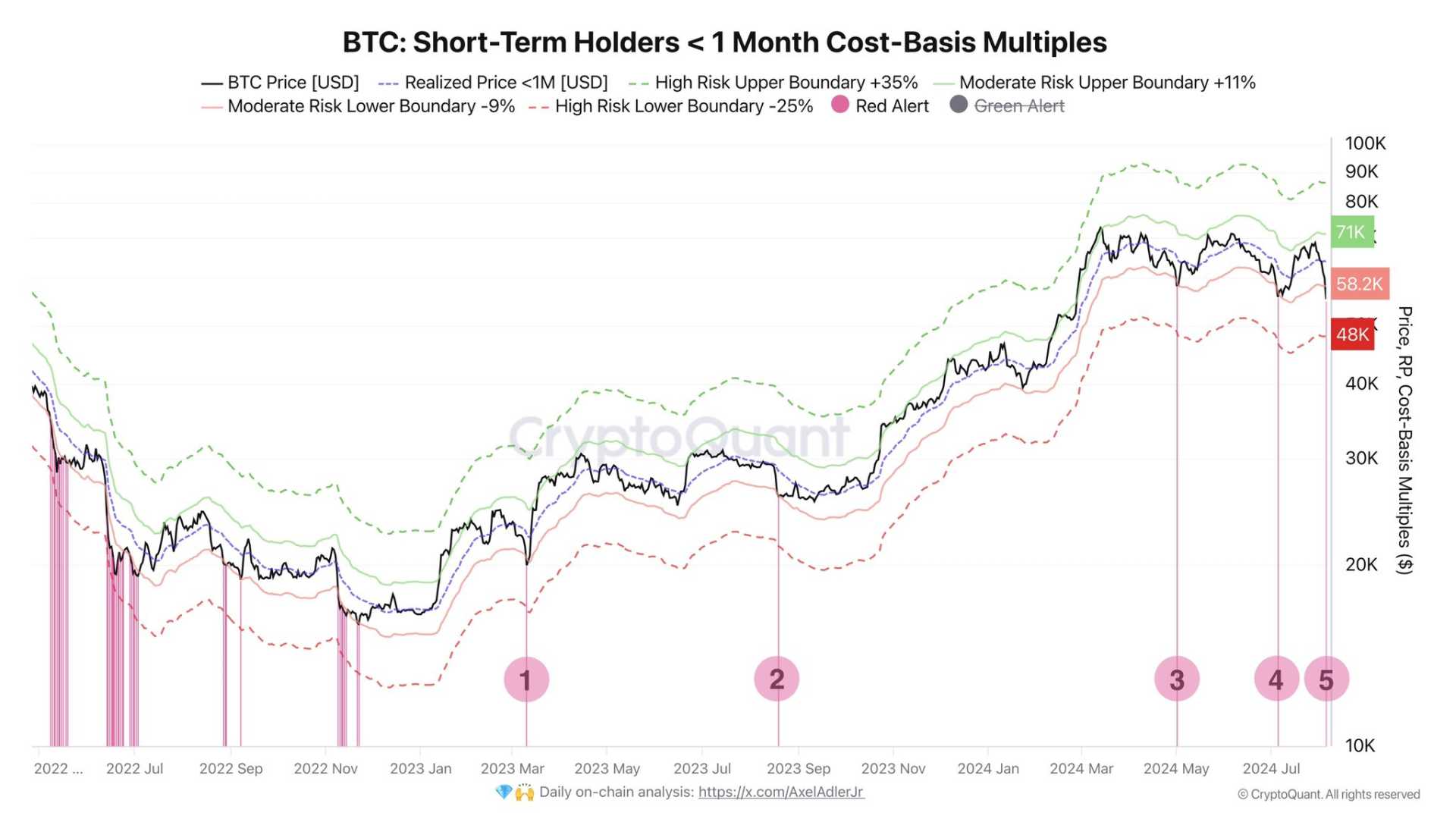Business
Bitcoin Surges Despite Volatility: A Look at its Recent Milestones and Market Dynamics

Bitcoin, the world’s first and most prominent cryptocurrency, was valued at $61,273.72 as of 8 a.m. Eastern Time on October 10, 2024. This substantial valuation underscores Bitcoin’s enduring appeal to investors, despite ongoing market volatility. The cryptocurrency’s price reached an all-time high earlier this year on March 14, 2024, peaking at $73,750.07. Its lowest point in the last year was $26,558.32 on October 12, 2023.
The journey of Bitcoin from its modest beginnings in January 2009 to becoming a financial phenomenon has been marked by significant price fluctuations. It boasts a global market capitalization of approximately $1.21 trillion, highlighting its influence in the financial sector. Bitcoin’s market behavior reflects a 125% increase in value year-over-year, signaling robust investor interest.
Bitcoin’s creation heralded a revolutionary concept of decentralized currency, positioning it as an alternative to traditional government-backed fiat currencies like the U.S. dollar. Its blockchain network enables secure, bank-free transactions facilitated by complex cryptographic processes. These transactions are authenticated by miners, who receive new bitcoins as a reward for verifying and adding transaction blocks to the blockchain.
A pivotal element of Bitcoin’s valuation is its supply and demand dynamics, primarily influenced by market sentiment. Bitcoin’s total supply is capped at 21 million coins, driving demand as the cryptocurrency becomes scarcer. This scarcity is further enforced through a process known as “halving,” which reduces miners’ rewards by half approximately every four years, thus controlling the rate at which new bitcoins are introduced to the market.
Over the years, Bitcoin’s price has seen dramatic shifts. Starting as a curiosity traded at fraction-of-a-cent prices back in late 2009, it reached and surpassed $1 in 2011. By late 2013, Bitcoin had crossed the $1,000 threshold. The years since then have been marked by rapid escalations and declines, notably surpassing $20,000 for the first time in December 2017. The COVID-19 pandemic saw another price surge in 2020, driven by factors such as government stimulus measures and low-interest rates.
Bitcoin is traded on various platforms, including Coinbase and Kraken, and can be stored in digital wallets that vary between hot wallets (online-connected) and cold wallets (offline). Investors also have opportunities to engage indirectly with Bitcoin markets through exchange-traded funds (ETFs), which the Securities and Exchange Commission approved on several counts in 2024, offering a new level of legitimacy and institutional investment in the cryptocurrency.
Despite the potential risks associated with its volatility, Bitcoin continues to captivate the financial landscape. Expert verification, such as that provided by contributors like Wayne Duggan and Farran Powell, assures the accuracy of reports and developments concerning Bitcoin’s trajectory and market implications.












